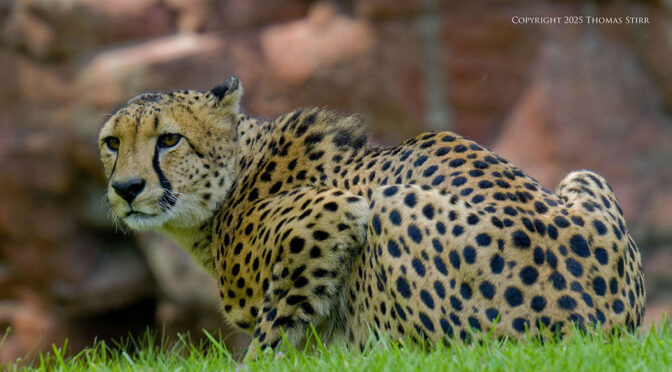This article discusses zoo photography with the M.Zuiko 150-600 mm f/5-6.3 IS and shares a selection of handheld images.
NOTE: Click on images to enlarge. To view this article in a range of other languages click on the Canadian flag in the upper right corner.
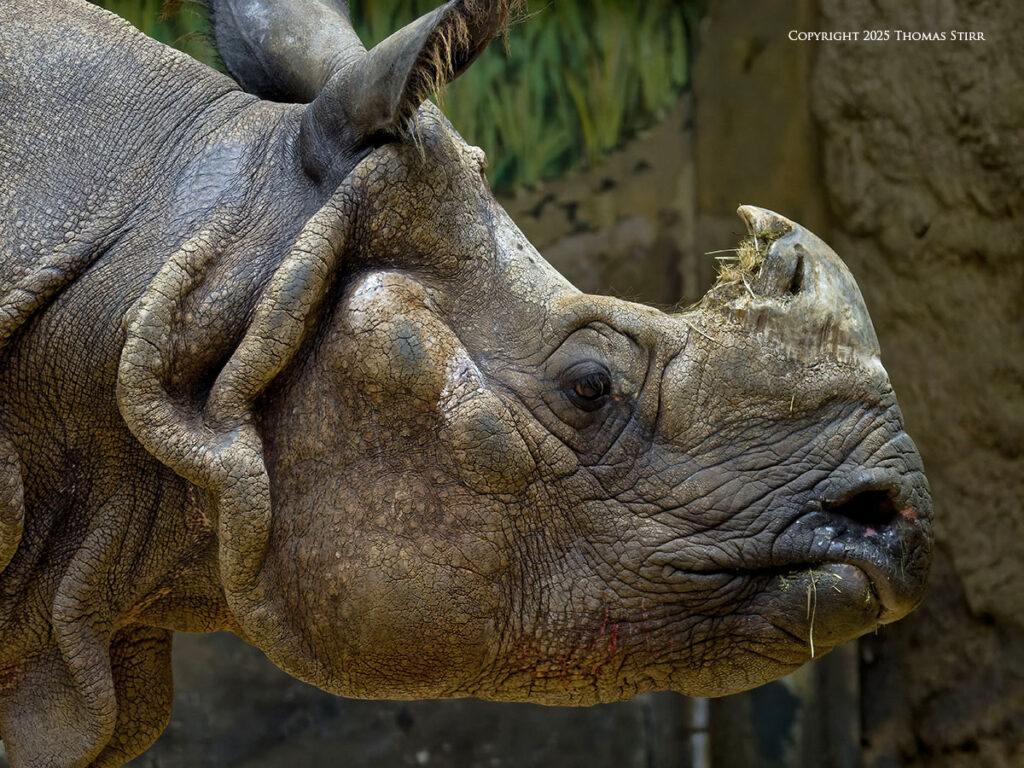
At first blush, doing zoo photography with the M.Zuiko 150-600 may seem like a no-brainer. After all… the lens provides an incredible focal length range of 150-600 mm (efov 300-1200 mm), combined with Sync-IS image stabilization.
All it took was attempting to capture some images in the first building we visited to confirm that this focal length range has a limitation when doing zoo photography. The 150 mm (efov mm) minimum focal length is sometimes ‘too much lens’ to capture the entire body of an animal.
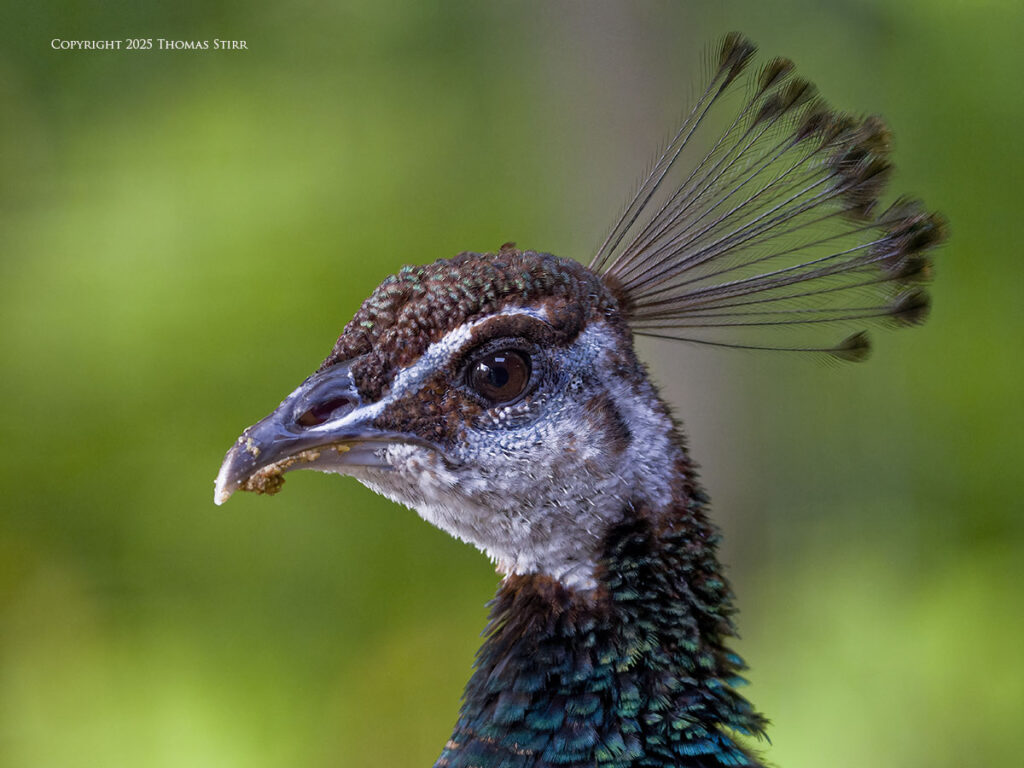
Fortunately, my photographic style is skewed towards getting in tight to my subjects. From this perspective the minimum focal length of 150 mm (efov 300 mm) wasn’t an issue. I could do a lot of close-up images of the heads/necks of various animals.
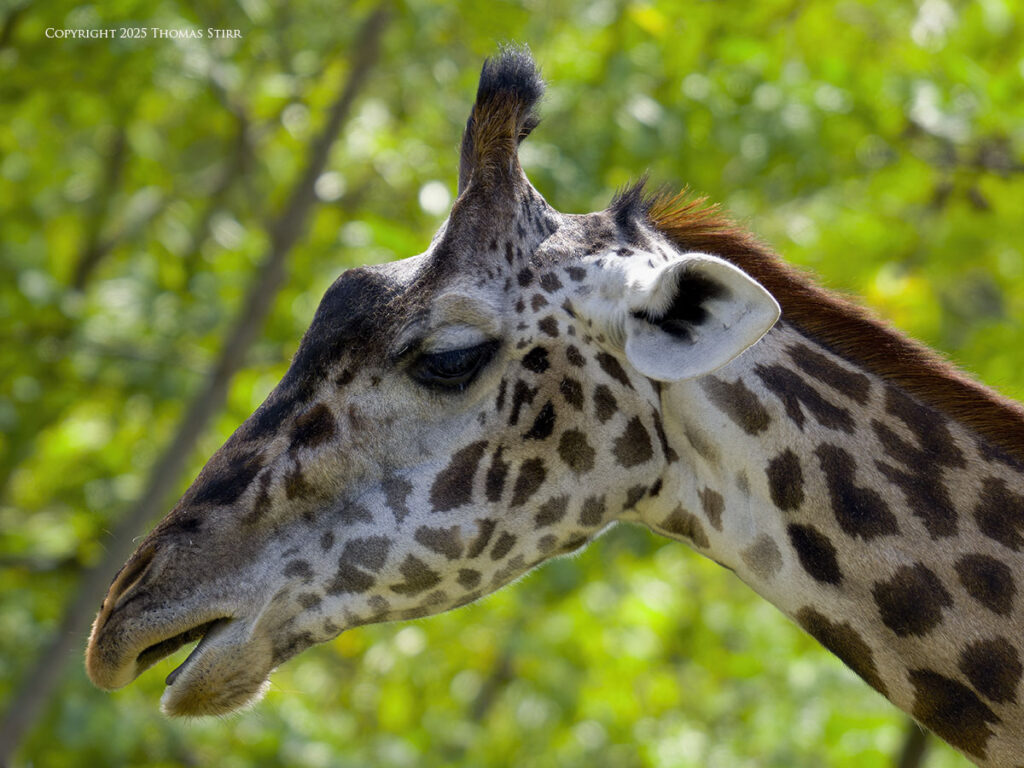
However, it was challenging in some situations when I wanted to capture images of the entire body of a specific animal. This was especially true when the specimen were in smaller enclosures, in buildings, or positioned too close to me.
Even when the giraffe in the above image, was positioned towards the back of its outdoor compound, it was still too close for me to get its entire body in my composition when shooting at a focal length of 150 mm (efov 300 mm). And, that was shooting at a subject distance of about 30 metres. I could easily compose a profile image of its head… so I wasn’t disappointed.
Of course photographing a giraffe is an extreme example. I could photograph the entire body of smaller animals that were in open areas… as you can see in the following images.
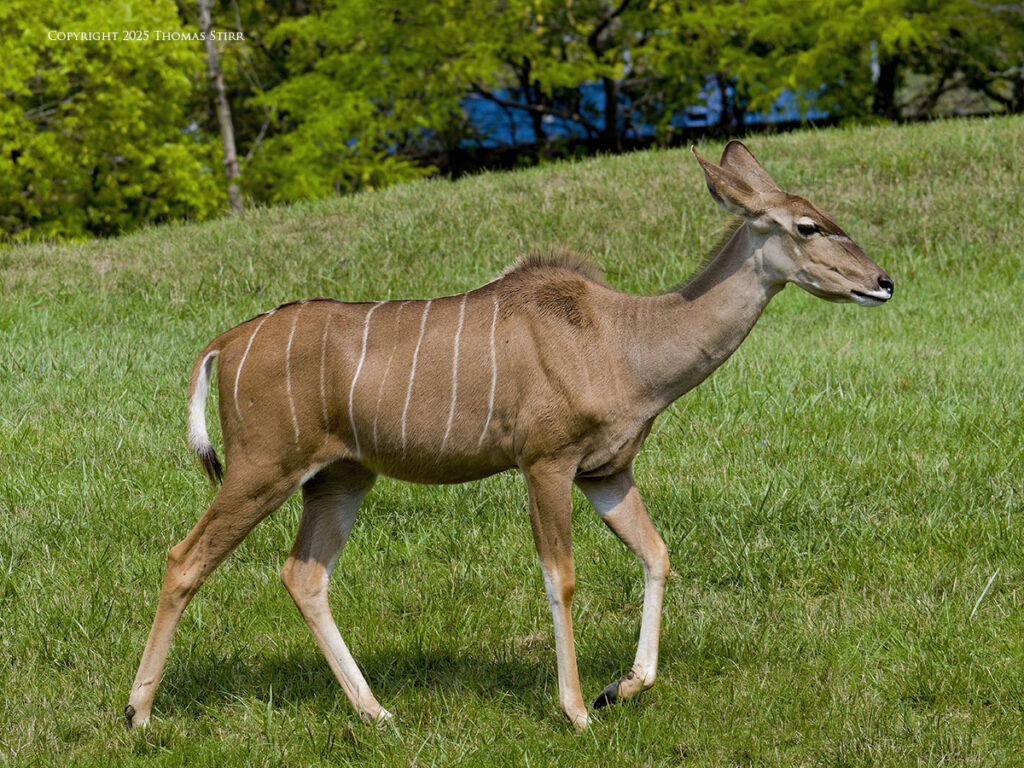
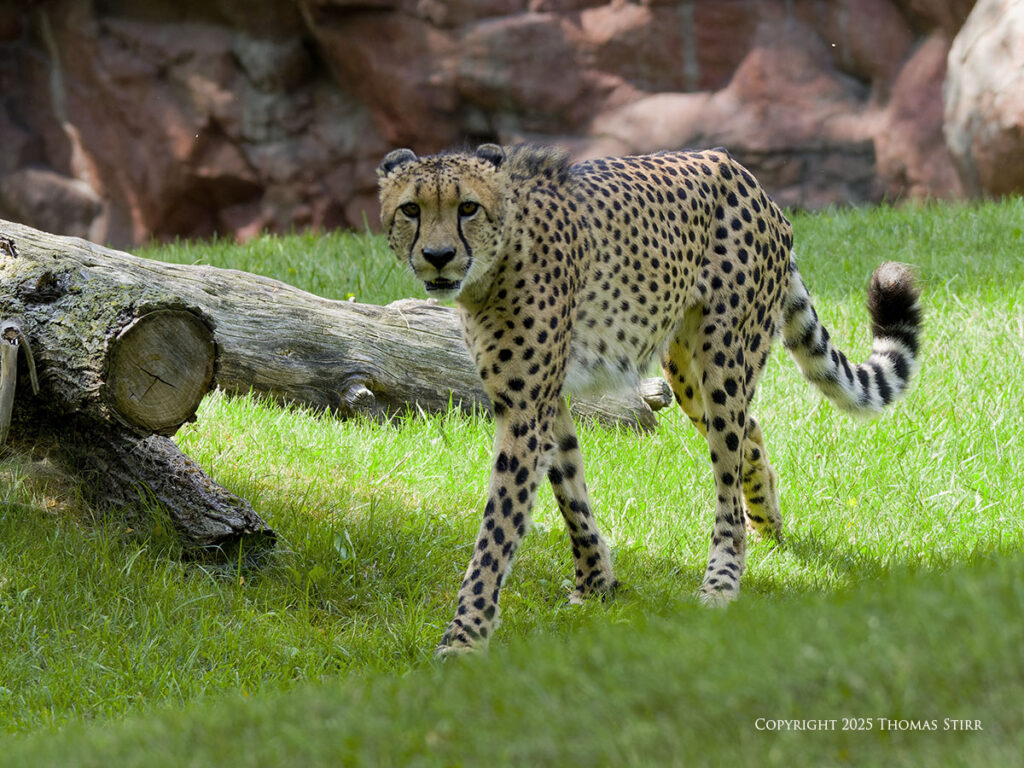
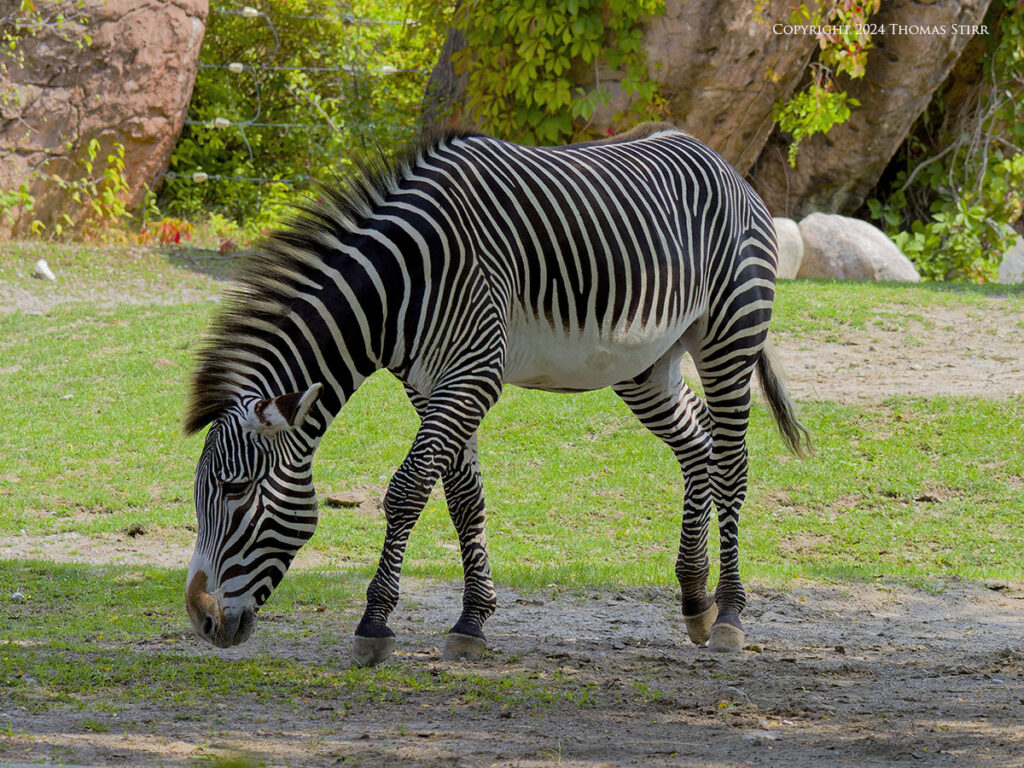
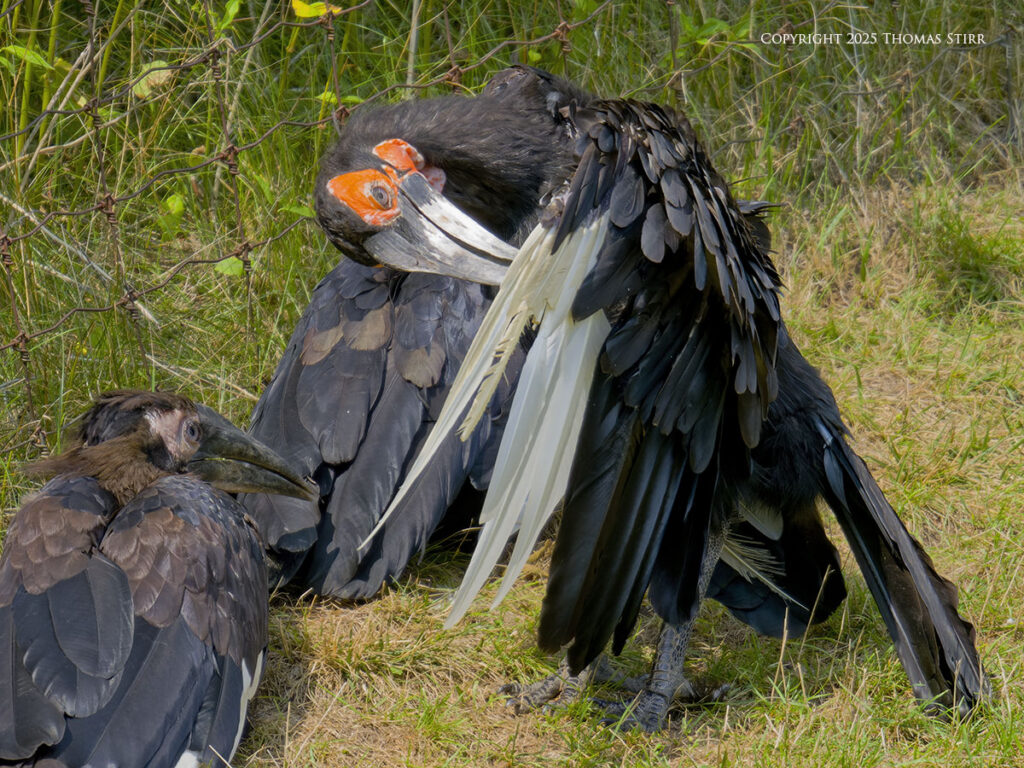
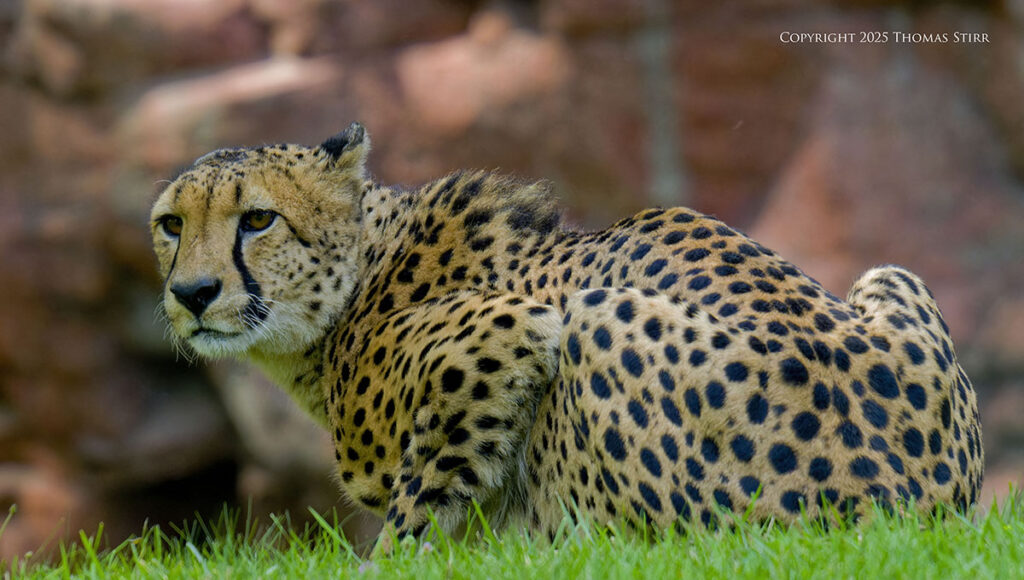
As you can see in the last two images above, having a focal length of 600 mm (efov 1200 mm) did come in handy for a number of photographs.
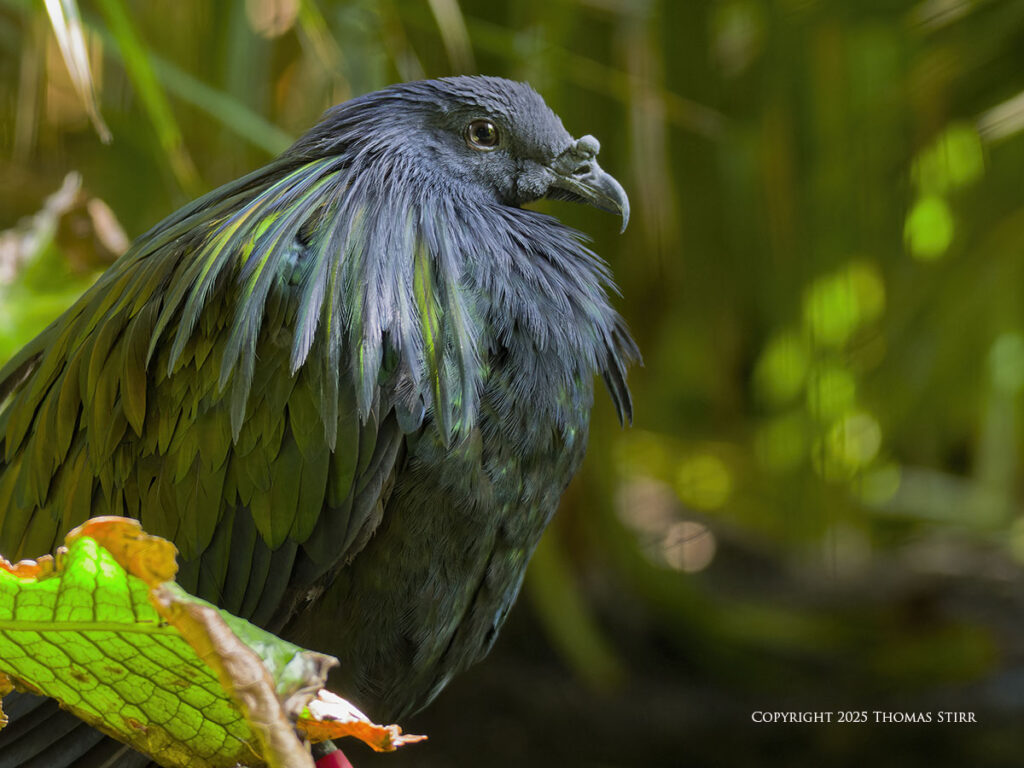
Having a wide focal length range provided me with a lot of compositional flexibility, as illustrated when comparing the image above and the one below… both captured at about the same distance to subject.
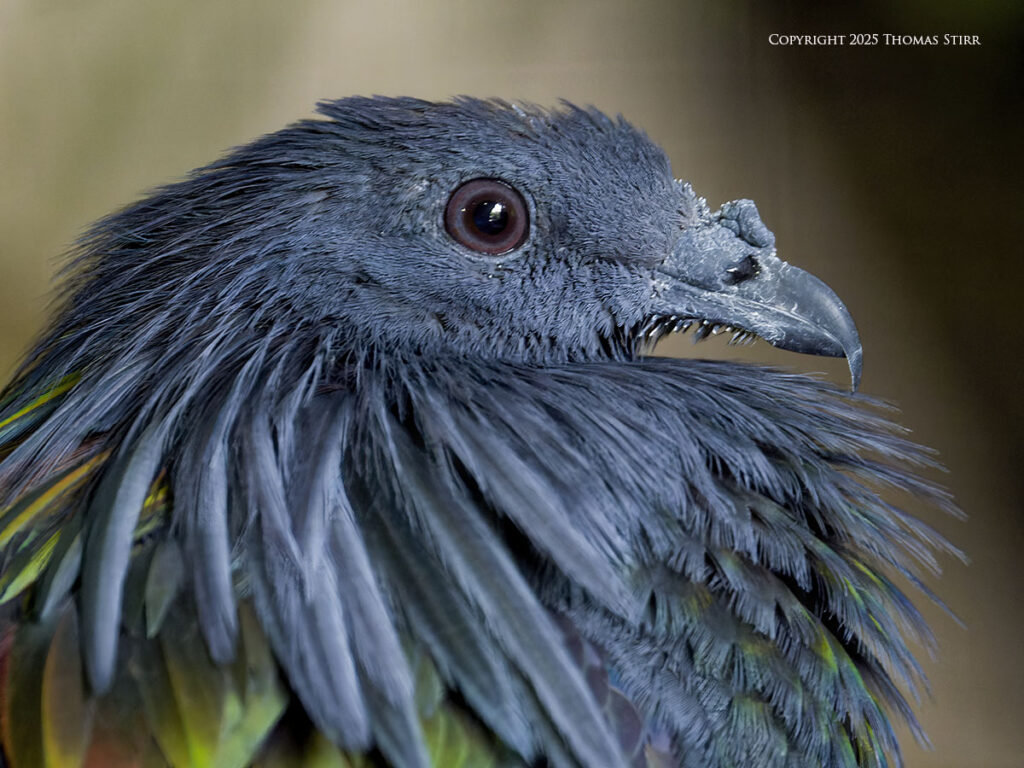
The excellent Sync-IS in the M.Zuiko 150-600 made it pretty simple to capture the image above at 1/50 with a focal length of 600 mm (efov 1200 mm).
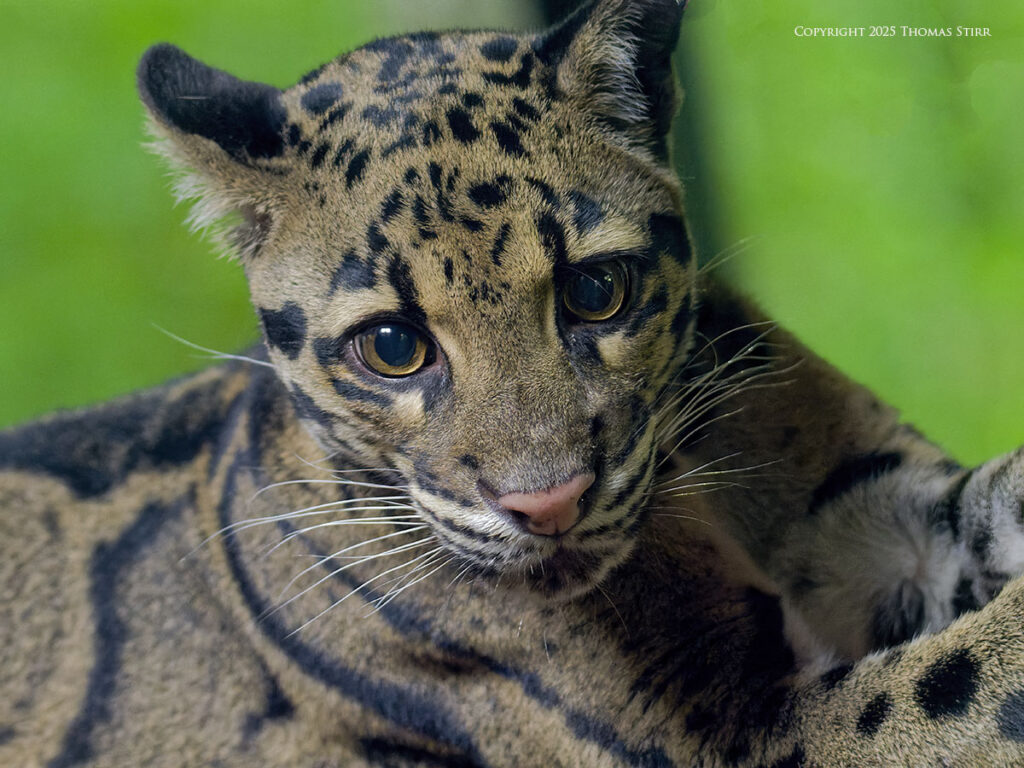
For the majority of the time during our zoo visit I had to shoot through soiled glass, or mesh/wire enclosures. It was important to pay attention to the position of my camera against the glass, or the distance of the subject animal away from the mesh/wire of its enclosure.
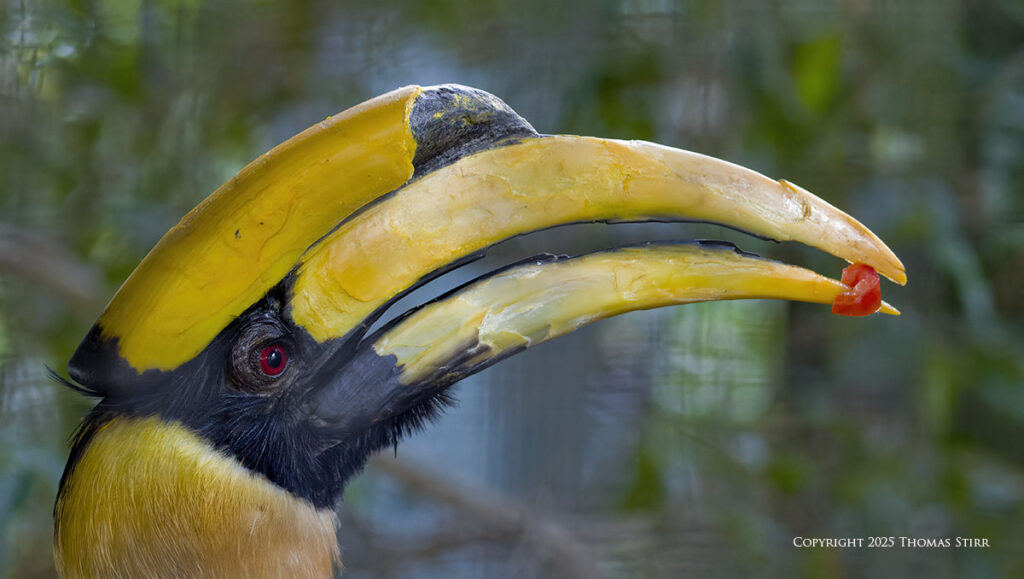
On a couple of occasions I was able to shoot through mesh/wire in the foreground without any issue… but did have some slight effects of mesh that was in the background, appear in my photographs… as seen in the image above. Given the physical limitations faced, I was still quite pleased with the results.
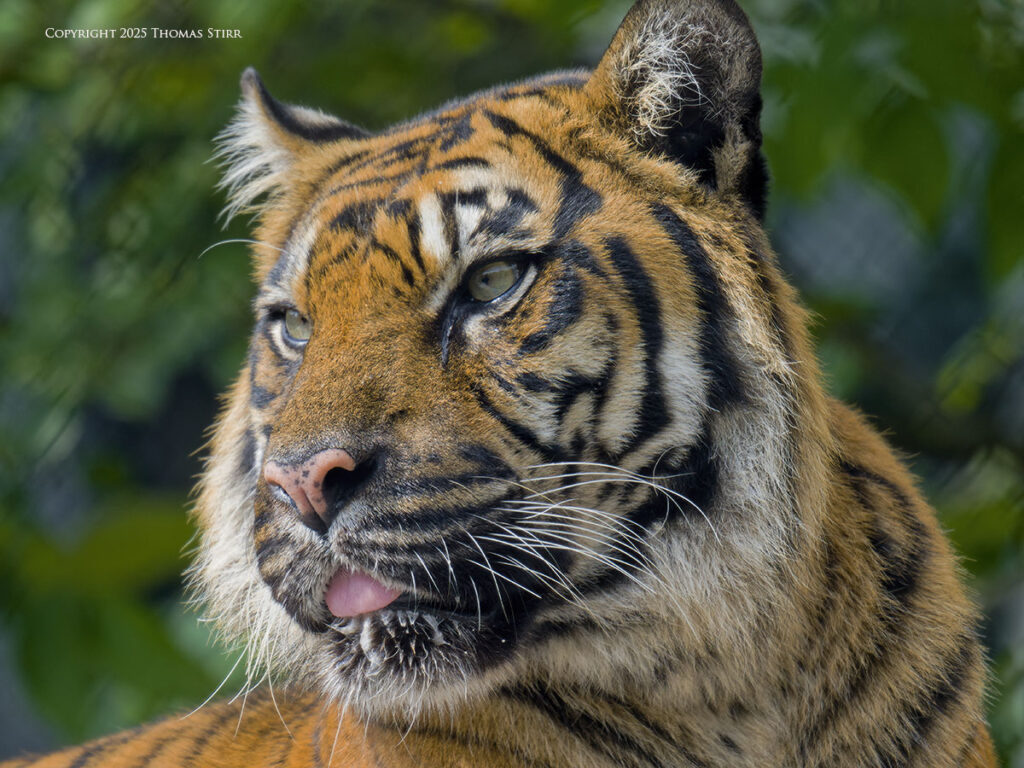
It most cases I was able to get good, usable images shooting through soiled glass or through mesh/wire enclosures.
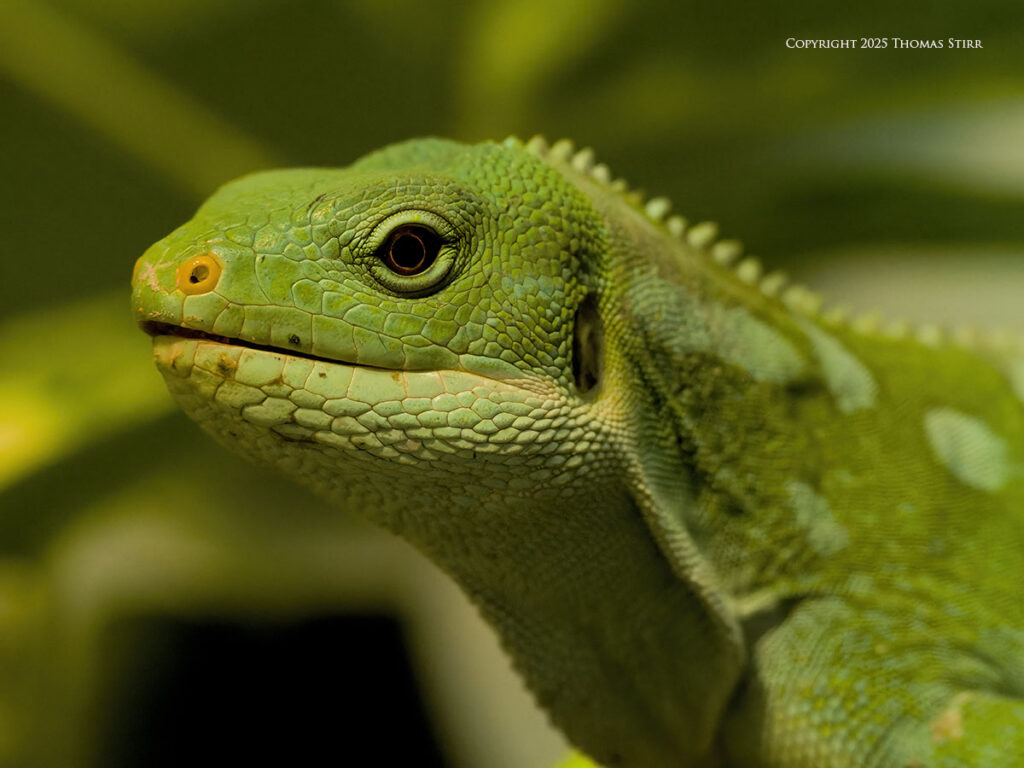
For most of my visit I used Auto-ISO and had no problem shooting at ISO-6400 when I was in buildings and under covered display areas.
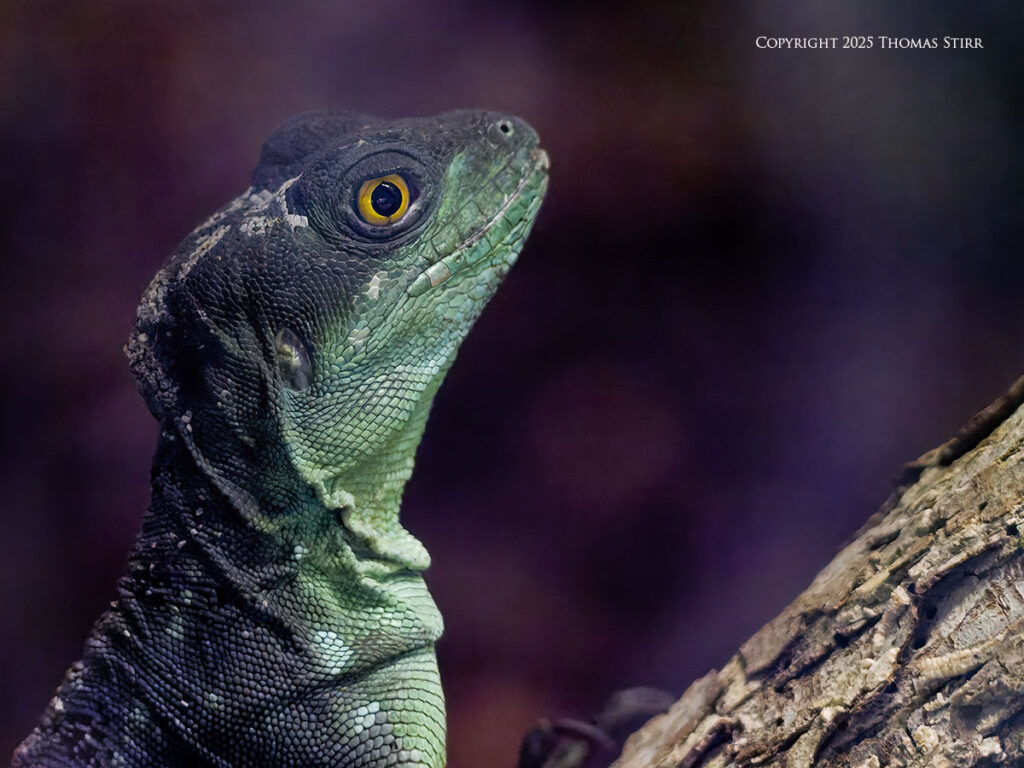
As is often the case when I’m out with my camera gear, I pushed things a few times. This included capturing the above image at ISO-16000 just to see what would happen.
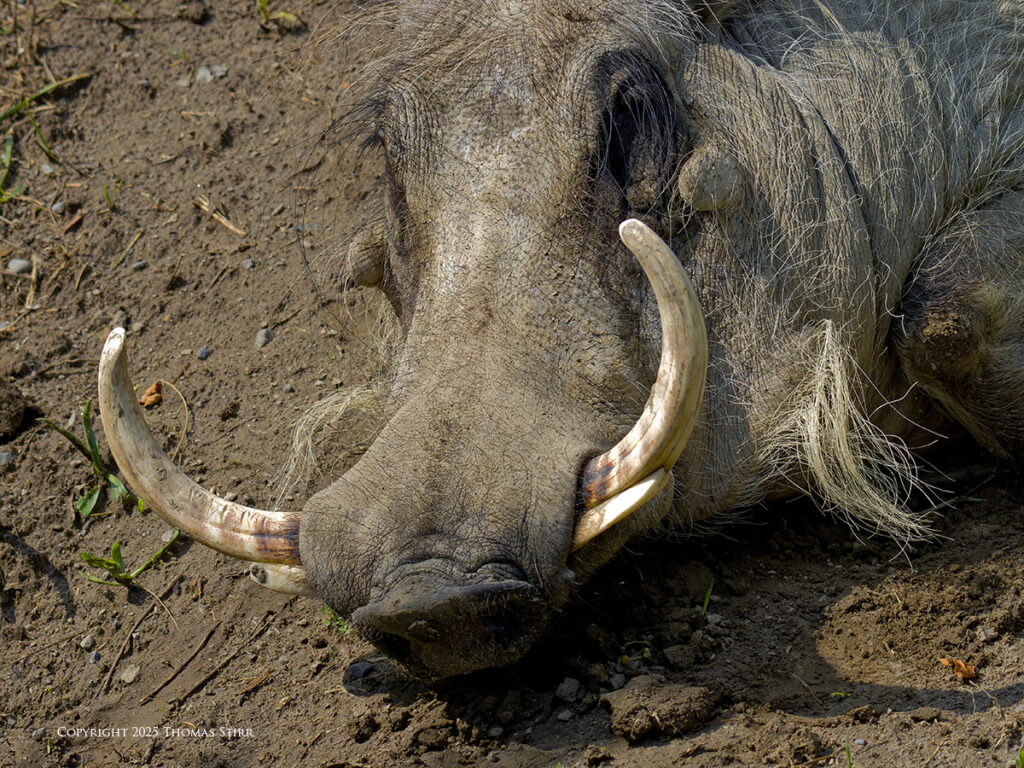
I had a few occasions where a subject animal was close a retaining wall adjacent to me, thus denying me a decent shooting angle. To capture the image of the wart hog above, I flipped out my articulating rear screen… held my camera out over the animal… pointed it downward… and composed my image from the rear screen. As noted in the EXIF data, my camera was 6.2 metres above the wart hog.
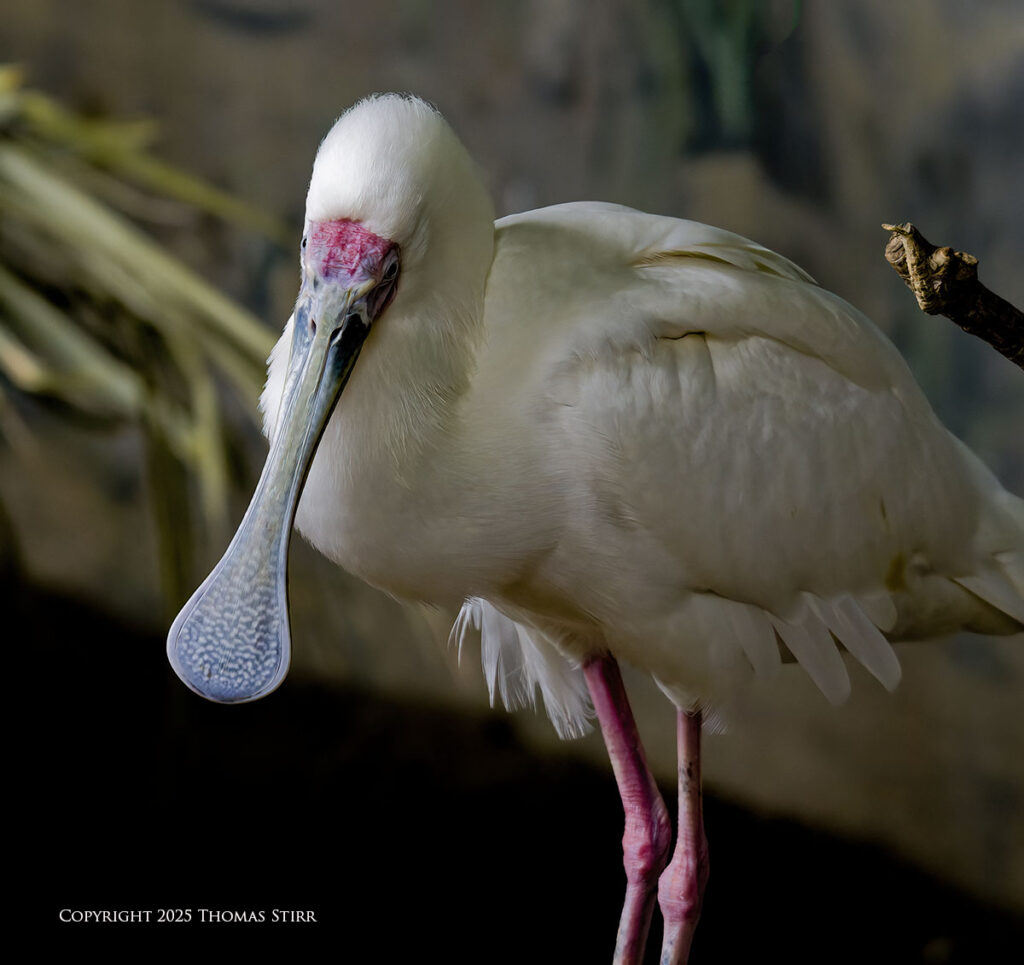
After five and half hours capturing images at the zoo I had no arm, neck, or back fatigue. This is a testament to the comfort and handling of my E-M1X and the support delivered by my Cotton Carrier Hyker Slingbag.
There are a few more images that I will be sharing from my recent zoo visit… but they’ll have to wait for another article.
Technical Note
Photographs were captured handheld using camera gear as noted in the EXIF data. All images were created from RAW files using my standard process in post. A single, small auto-focus point was used for all of the images in this article. This is the 1,483 article published on this website since its original inception in 2015.
How you can keep this website advertising free
My intent is to keep this photography blog advertising free. If you enjoyed this article and/or my website and would like to support my work, you can purchase an eBook, or make a donation through PayPal (see Donate box below). Both are most appreciated. Sometimes all we need as photographers is a bit of inspiration. We hope you can find some of that inside Finding Visual Expression II.
Finding Visual Expression II is available for download for an investment of $11.99 CDN. The best viewing experience of this eBook will be at 100% using Adobe Acrobat Reader.
You may be interested in all of the 30 concepts covered in both of these related eBooks. If so, you may want to also consider Finding Visual Expression.
Finding Visual Expression is available for download for an investment of $11.99 Cdn. The best viewing experience of this eBook will be at 100% using Adobe Acrobat Reader.
Our other eBooks include Images of Ireland, New Zealand Tip-to-Tip, Nikon 1: The Little Camera That Could, Desert & Mountain Memories, Images of Greece, Nova Scotia Photography Tour, and a business leadership parable… Balancing Eggs.
If you click on the Donate button below you will find that there are three donation options: $7.50, $10.00 and $20.00. All are in Canadian funds. Plus, you can choose a different amount if you want. You can also increase your donation amount to help offset our costs associated with accepting your donation through PayPal. An ongoing, monthly contribution to support our work can also be done through the PayPal Donate button below.
You can make your donation through your PayPal account, or by using a number of credit card options.
Word of mouth is the best form of endorsement. If you like our website please let your friends and associates know about our work. Linking to this site or to specific articles is allowed with proper acknowledgement. Reproducing articles, or any of the images contained in them, on another website or in any social media posting is a Copyright infringement.
Article and images are Copyright 2025 Thomas Stirr. All rights reserved. No use, duplication or adaptation of any kind is allowed without written consent. If you see this article reproduced anywhere else it is an unauthorized and illegal use. Posting comments on offending websites and calling out individuals who steal intellectual property is always appreciated!

